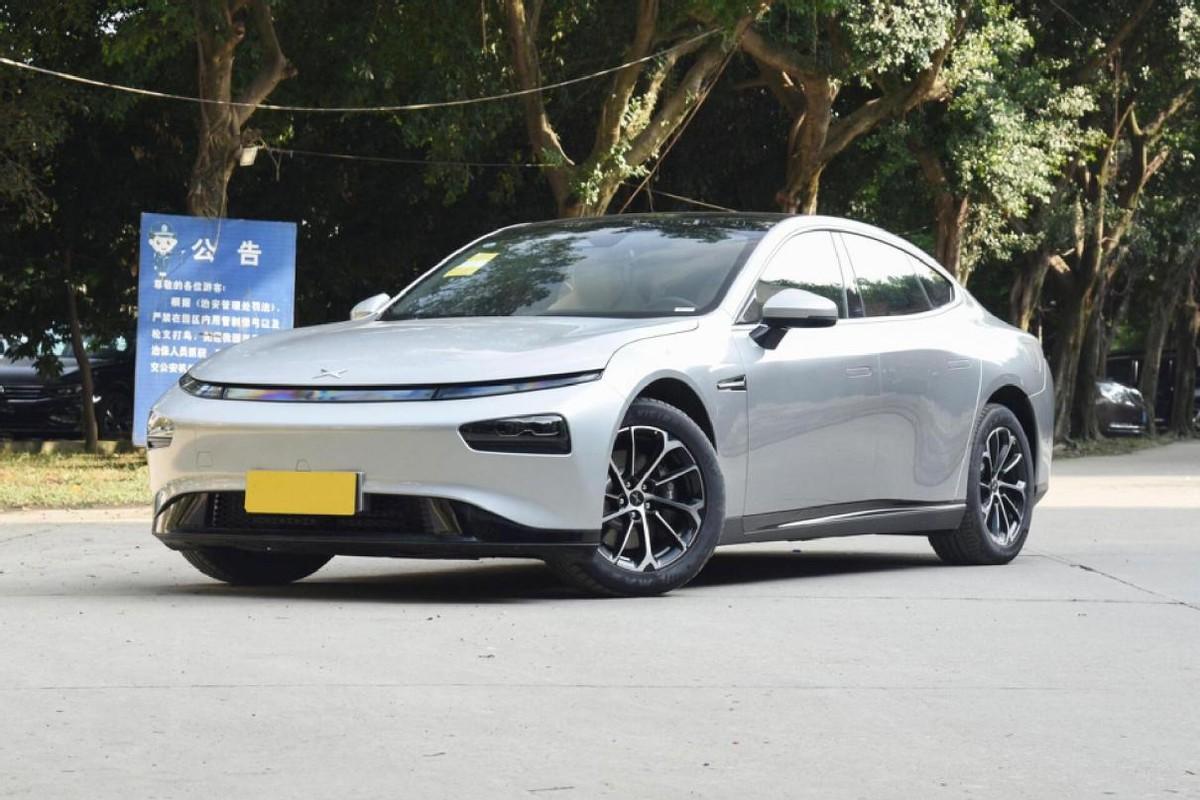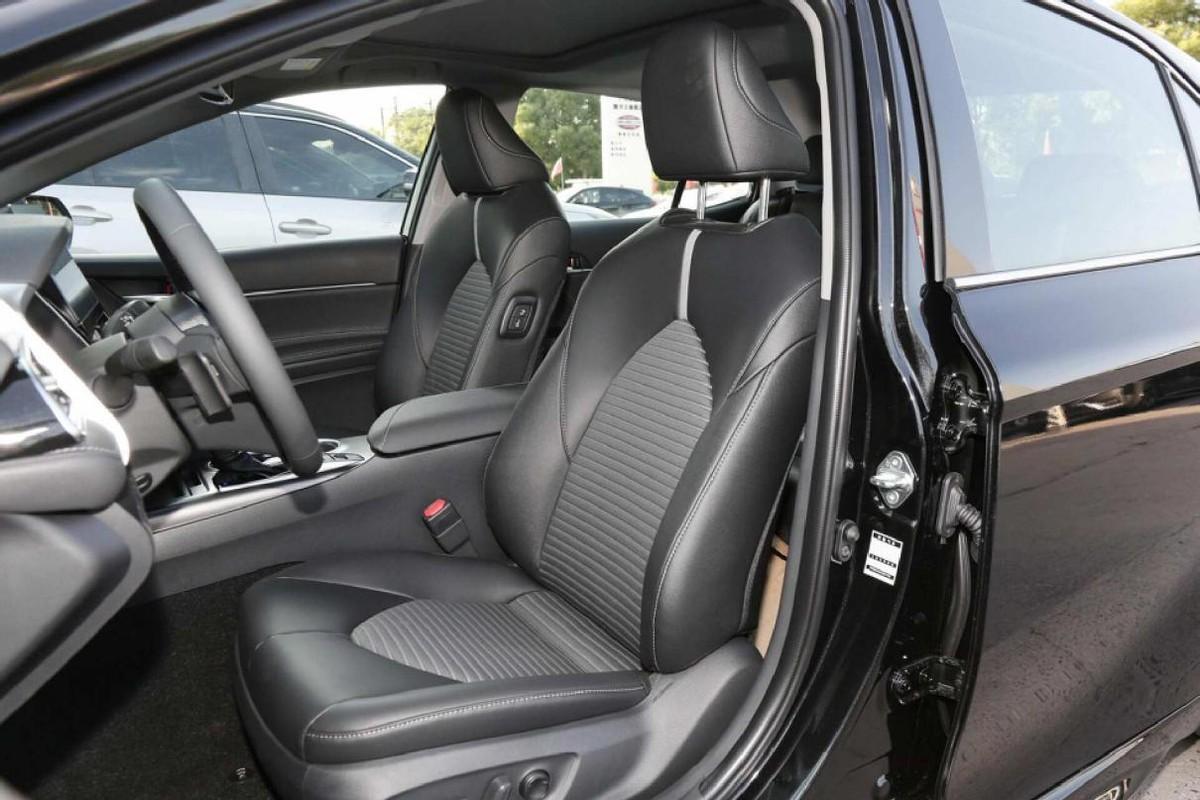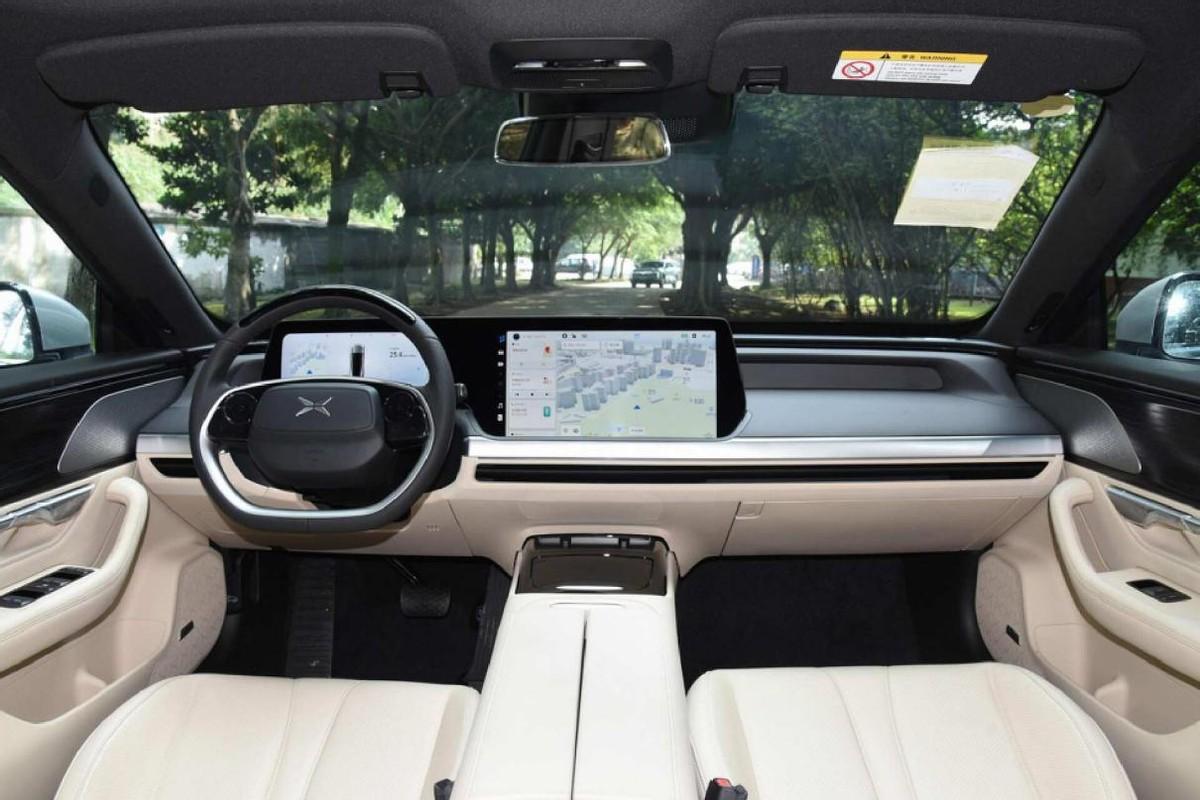Without further ado, today we are going to talk about two B-segment cars, both of which are efficiency players in the new energy market and traditional fuel market, one with a sporting base of the Xpeng P7, and the other with the Toyota Camry, which can also get a sporting kit to add body. Here to participate in the compaLIn of the specific models of B-class cars: Xpeng P7 2022 480G, the guide price of 239,900 yuan, is also a full range of the lowest models; Toyota Camry 2022 2.5S Knight Edition, the guide price of 221,800 yuan, taking into account the latter as a fuel car is required to pay the purchase tax, so we have set aside 12,000 yuan price difference, good this article The compaLIn is more informative.

Exterior: Xpeng P7 as a sports coupe shape than the Camry more sporty?
Xpeng P7 is born with a sports coupe stance, the front of the car through a full light band in the form of the edge of the hood through the surround, the entire front of the car in addition to the lower grille in the paint panel, the rest of the car is all closed up, and the entire engine compartment is flat and low. The body is completed in the sliding back to build at the same time, the chassis is also completely wrapped up, while the rear part of the car is used with the front echo of the penetration + split combination. 4880/1896/1450mm body in the B-class market is considered high standard, while the wheelbase of 2998mm will highlight the sliding back body slender sense.
The Camry itself has a sportier look in this generation, and this Knight Edition gets an X-shaped grille trim, sharp headlights, C-shaped arrow plume taillights, and dual five-spoke sports wheels in the side body, and a sporty bilateral quad exhaust tailpipe at the rear of the vehicle through a sports appearance package that accentuates the sporting vision. 4900/1840/1455mm body will look The 4900/1840/1455mm body will appear more low-lying than the Xpeng P7, but the 2825mm wheelbase is still a relatively large gap with the latter, but the actual fall in the cabin, the body structure of the more standard Camry will still be more spacious.
The Xpeng P7 has a dual-screen connected entertainment hardware structure, with a dual-spoke steering wheel complete with metal splicing and shift for the pocket gears, while the center control has only hidden layout air conditioning vents in addition to the 10.25+14.96-inch dual screens. The space saved by the gearshift mechanism has a larger stoLYRIQ and cup holder, and completes the separation of the main and passenger compartments. And the decorative part, the center is mainly hard material, soft package covers to the door panel, armrest box and other common touch area, the seat is full leather, the upper and lower visual stratification is still relatively obvious.
Camry has a stronger sense of class design, 12.3-inch instrument panel is facing the three-spoke steering wheel, while the staggered layout of the center control in addition to the 10.1-inch touch screen, also contains the air conditioning control panel with touch and knob, the mechanical gear knob position also includes some driving mode selection system, including auxiliary function buttons. The decorative part, Camry is still mainly hard ground, but the soft package in the position of the sub-panel and armrest has a more adequate internal padding, and the sports seats are completed with a mixture of leather and fabric, with a richer visual texture.
Both models get smart connectivity in terms of the car's engine and are supported by 4G network + Telematics, which can be completed with OTA online upgrades and features including real-time navigation by Gaode, voice recognition control, and cell phone APP remote control. The Xmart OS of Xpeng P7 is richer and has more built-in third-party applications, including Singing Bar and Sina News, which can be installed, and the voice also covers the air conditioning system, and the remote control also has more doors and windows; while limited by the lower models, its driving assistance is only the most basic back-up camera and fixed speed cruise control.

Intelligent connectivity: Camry's assisted driving is more abundant
The Camry's Smart Connected Car includes the Feng Yun Yuexiang service, and more support for Tencent ecology, which can realize Gao De + Tencent dual navigation, in addition, through the Feng Yun Yuexiang, the Camry can also get more owner service support on the cell phone, which also includes maintenance / repair service appointments, etc. In terms of driving assistance, the TSS system brings L2 level assisted driving to the vehicle and supports back-up camera + full-speed adaptive cruise function, and also lane departure warning and active braking to support safety enhancement.
Camry handling is not as strong as Xpeng P7
Both models come standard with accessories such as dual temperature zone air conditioning, power adjustable front seats, sunroof, and 6 airbags throughout the vehicle, while the P7's strengths remain in modern technology and digitalization, with Bluetooth smart key, wireless charging pad, etc. that the Camry does not have, and a dual-row segmented sunroof, hidden power door handles, keyless entry throughout the vehicle, and frameless door design. The Camry side emphasizes safety and comfort, airbags will be upgraded to 10, with HUD head-up display, sunroof can be opened electrically, and offers accessories such as passenger boss button and front soundproof glass.
The P7 is equipped with a rear-mounted electric motor with a maximum power of 196kW and a maximum torque of 390N-m. It can achieve a NEDC electric range of 480km with a lithium iron phosphate battery pack, and despite its limited range, it supports fast charging in 0.45 hours, and the whole system can help the vehicle break 100 in 6.7 seconds. The Camry is equipped with a 2.5L self-priming machine with a maximum power of 154kW and a maximum torque of 250N-m, and with the Aisin 8AT transmission, the whole system can control the NEDC combined fuel consumption at 6.0L/100km, which is second to none among B-class fuel cars.

Chassis, the rear axle of the two cars are multi-link independent suspension, while the Xpeng P7 will get a more supportive double-wishbone independent suspension in the front axle, while the Camry's front axle is MacPherson, but its rear axle multi-link actually uses Toyota's special E-type structure, integrated body stability control feedback will also be guaranteed, but the handling is not as strong as the Xpeng P7.
Written in the end
Obviously, the Xpeng P7 in the intelligent interconnection of the leading is evident to all, but under the same price, its assisted driving advantage can not cash, and has the TSS Toyota Camry instead become the advantage of that one. At the same time, the Camry also does a better job in terms of space comfort, both in terms of seat feedback and space size. Perhaps the Xpeng P7 is indeed a more intelligent and modern one, but the limited range will still make us prefer the Toyota Camry under the price level.




